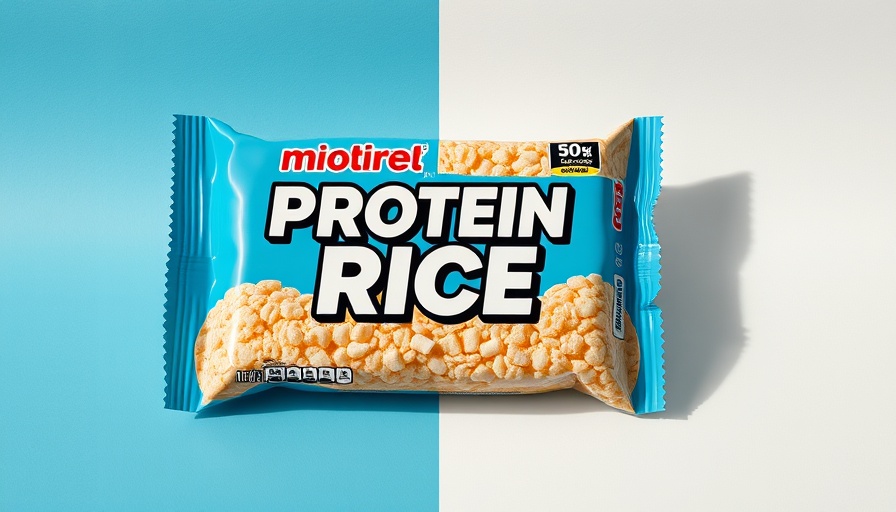
Understanding the Good Morning Squat: An Ominous Mistake
The "good morning squat," often labeled as a dreaded movement pattern in the fitness community, occurs when your hips rise faster than your shoulders while squatting. This imbalance leads to an excessive forward lean, hijacking the squat's mechanics and causing significant reliance on the lower back.
Why It Happens: The Causes of Good Morning Squats
Primarily, this squat error stems from weak quadriceps compared to more dominant muscles like the hamstrings and lower back. This weakness can prompt your body to favor these stronger muscles, resulting in premature hip elevation. Additionally, inadequate ankle mobility can play a role, preventing your knees from moving properly during the squat, thus causing the torso to tilt forward. For those aware of these issues, there are numerous methods to correct this flawed technique.
Three Effective Fixes for Good Morning Squats
Addressing a good morning squat requires dedication and sometimes multifaceted approaches:
1. Adjust Your Technique with Cues
Start with simple commands to improve your squat form. For instance, thinking about pulling the bar into your upper back can actively engage your torso, reducing the tendency to lean forward. Also, practicing breaking at the hips and knees simultaneously can help keep your spine upright.
2. Optimize Positions with Tempo and Pausing
Using tempo training can enhance squat mechanics. By performing slow eccentric phases (the lowering part of the squat) followed by a deliberate pause at the bottom before standing up, you can develop better proprioception and control during lifts. This method allows for a good reset to assess what feels right in your form.
3. Incorporate Anterior Loading Squats
Switching to squats that load muscles differently, such as front squats or goblet squats, can enforce an upright position and strengthen underutilized muscles. This transference promotes improved mechanics that translate back to traditional back squats.
Beyond the Basics: When to Leave It Alone
Interestingly, not everyone needs to address this squat pattern. Those with specific body mechanics, such as longer thigh bones in relation to shorter torsos, may naturally lean forward. In such cases, proficiency in squatting can occur without corrective measures.
Take Charge: Preventing Injury While Squatting
Being proactive about understanding good morning squats isn’t just about aesthetics—it's about preventing injury and ensuring steady strength gains. Given their inclination to destabilize the lifter’s performance, addressing them early can be highly beneficial.
With these insights, squat enthusiasts can enhance their technique, bolster their quads, and navigate the path of fitness with confidence. Ready to refine your squats and cultivate a healthier, stronger body? Join our community for personalized insights and tailored workouts designed to elevate your fitness journey!
 Add Row
Add Row  Add
Add 




 Add Row
Add Row  Add
Add 



Write A Comment